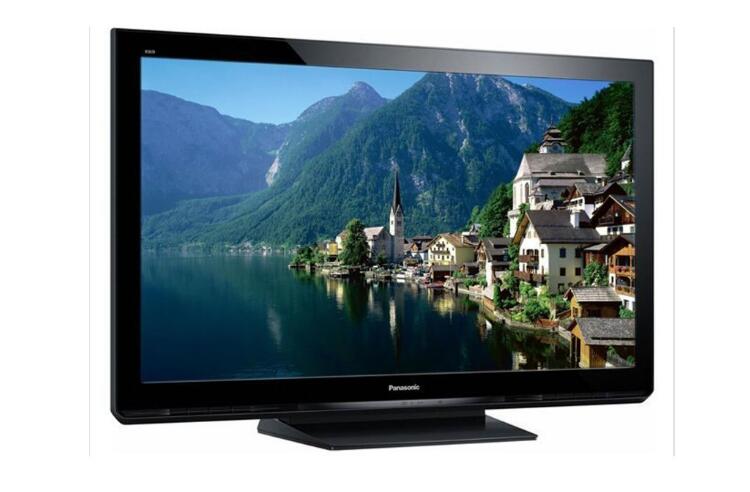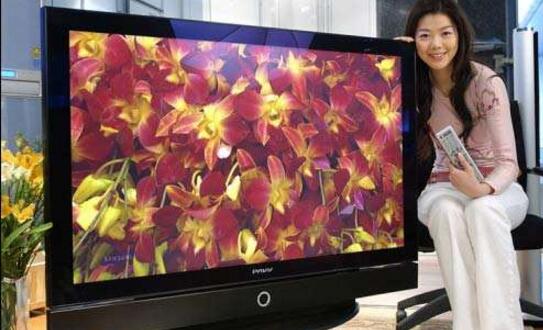**Plasma TV Concept**
The full name of a plasma TV is Plasma Display Panel, commonly referred to as a plasma TV in Chinese. It works by injecting a mixture of gases between two thin glass panels and applying voltage to excite phosphors, producing light. Compared to CRT displays, plasma TVs offer higher resolution, larger screens, thinner designs, vivid colors, and richer visuals. When compared to LCDs, they provide better brightness, higher contrast, wider viewing angles, and more vibrant color reproduction.
Plasma display technology is mainly divided into two types: DC-type PDP, where electrodes directly contact the gas, and AC-type PDP, where electrodes are covered with a dielectric layer. There are three primary types of color PDPs: single-substrate (surface discharge) AC PDP, dual (counter-discharge) AC PDP, and pulse storage DC PDP.

**How Plasma TVs Work**
A plasma display panel uses gas discharge to create images. The screen is made up of numerous tiny plasma tubes, each acting as a pixel. Each pixel contains three sub-pixels—red, green, and blue—that combine to produce different colors and shades. This process is similar to how CRT displays work.
Inside each plasma tube, there is a gas composed of ions and free electrons. Normally, these particles are neutral, but when voltage is applied, electrons collide with atoms, causing them to become ionized and emit light. This process is similar to how fluorescent lights function.
The gas inside each plasma cell typically consists of helium and neon. When excited, these gases emit ultraviolet light, which then activates the phosphor coating on the panel, resulting in visible light that forms the image on the screen.

**Plasma Screen Display Principle**
The principle behind plasma screen illumination is similar to that of fluorescent lamps. Each plasma tube acts as a basic pixel, and the entire screen is constructed using glass substrates separated by a certain distance and sealed to form discharge chambers. When a voltage is applied, the gas inside the chamber produces a plasma discharge, generating ultraviolet light that excites the phosphor, resulting in visible light.
Key components of a plasma TV include:
- **Power Board**: Supplies power to the screen and other internal modules.
- **X Driver Board**: Generates and delivers driving signals to the X electrode based on timing signals from the logic board.
- **Y Driver Board**: Provides driving signals to the Y electrode according to timing signals from the logic board.
- **Logic Board**: Processes incoming image signals, generates addressing drive signals, and sends them to the X, Y driver boards, and address boards.
- **Logic BUFFER Board (E, F, G)**: Converts data and control signals from the logic board into signals compatible with COF.
- **YBUFFER Board (Upper and Lower)**: Transmits scanning signals from the Y driver board to the screen, split into upper and lower sections.
- **COF**: Converts signals from the logic buffer board into address signals used by the screen.
- **FPC**: Connects the scan signal from the Y-BUFFER board to the Y-scan electrode on the screen.
This complex system allows for high-quality, dynamic image display, making plasma TVs a popular choice for large-screen entertainment in the past.
digital signage player
The display is a digital signage kiosk with a built-in video decoder board or network video decoder board, which can display preset text/photo/video/audio or online display. This type of display is very suitable for promotion in stores and display of advertisements/information in public places. The size ranges from 7" to 42", and provides horizontal and vertical display modes. There is a standard VESA hole on the back of the monitor, which is suitable for pole mounting, wall mounting and ceiling suspension. A high-brightness and weatherproof display is also provided.
kiosk touch screen,digital signage display,Digital Signage Monitor,digital signage kiosk,lcd digital signage,interactive digital signage
Shenzhen Hengstar Technology Co., Ltd. , https://www.angeltondal.com